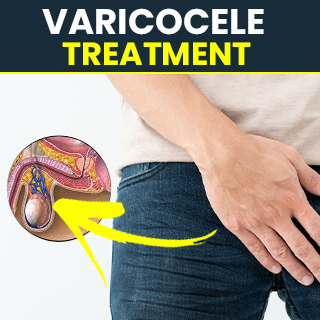A disease with an unknown aetiology characterised by inflammation brought on by immune system failure, psoriasis is an immune-mediated illness* that produces inflammation in the body. Inflammation may manifest physically as scales and elevated plaques on the skin (plaques may appear differently in individuals with different skin types).
This happens when an overactive immune system hastens the proliferation of skin cells. In a month, normal skin cells fully develop and shed (come off). Skin cells only complete this process in three to four days in psoriasis. Some patients claim that the plaques caused by psoriasis are itch, burn, and sting.
Psoriasis-related inflammation can affect the body's other organs and tissues. Other medical issues may potentially affect those who have psoriasis. Psoriatic arthritis can occur in one out of every three patients with psoriasis. Its symptoms include swelling, stiffness, and discomfort in the joints and the tissues around them. Particularly in its milder forms, PsA frequently goes undetected. To assist in preventing long-term joint injury, PsA must be treated at an early stage.
Psoriasis can affect adults, adolescents, and children of all skin tones.
Types of psoriasis
Guttate psoriasis. Approximately 8% of persons with psoriasis also have guttate psoriasis. Small, rounded, inflamed patches that are red or discoloured are symptoms of guttate psoriasis. Although it can affect any part of the body, guttate psoriasis frequently affects the arms, legs, and torso.
The five main kinds of psoriasis are erythrodermic psoriasis, pustular psoriasis, guttate psoriasis, inverse psoriasis, and plaque psoriasis. Other psoriasis types include; scalp psoriasis, psoriatic arthritis, psoriasis vulgaris, nail psoriasis, and genital psoriasis.
Erythrodermic Psoriasis. The least frequent kind of psoriasis is erythrodermic. But if untreated, it can become serious and even fatal. It results in widespread skin scaling and reddening over substantial body portions. An infection, a bad sunburn, or using certain drugs like corticosteroids or lithium may cause this kind of psoriasis.
Guttate Psoriasis. Small (less than 10 mm in diameter) circular, raised, red skin patches covered in a thin scale are the characteristics of guttate psoriasis. It frequently manifests suddenly after an infection like bronchitis or strep throat. Within a few weeks or months, this type of psoriasis frequently goes away without treatment.
Inverse psoriasis. In the folds of skin, such as the armpits or groin, inverse psoriasis manifests as red, smooth patches of skin. Those who are overweight are more likely to experience it. Due to changes in hormone levels, pregnancy frequently impacts women. Wearing tight-fitting clothing might cause friction and moisture, aggravating inverse psoriasis.
Pustular psoriasis. White or yellow pimples packed with pus on a red base characterize pustular psoriasis. These lesions can manifest as little, localized rashes or large, dispersed regions. It most frequently affects adults. Usually, drugs, infections, stress, or exposure to specific substances will cause it.
Plaque psoriasis. The most typical type of the condition is plaque psoriasis. Raised, red areas that are covered in a layer of dead skin cells that is silvery-white are its defining features. Plaques are another name for these patches. Their diameter might range from a few millimeters to many centimeters.
Psoriatic Arthritis. 1-2% of people have psoriatic arthritis, a kind of autoimmune inflammatory arthritis. Patients with it may have psoriasis or, in rare instances, not, although they typically have a family history of the condition. Men and women have the exact prevalence of psoriatic arthritis (PsA), but women have a higher disease burden and more frequently develop polyarthritis.
Patients are far more likely to get psoriatic arthritis symptoms if they have a parent, child, or sibling who has the condition. It can manifest as various joint involvement patterns, frequently asymmetrical joint involvement, and occasionally with soft tissue swelling of the finger or toe (which makes them look like sausages). Back discomfort with inflammation is another side effect.
Bharat Homeopathy’s homeopathic treatment for psoriasis is increasingly becoming popular in providing psoriasis treatment. With numerous success stories of patients being cured, the hospital has become the patient’s foremost choice. It helps people with the illness live better lives and control their symptoms. The degree of psoriasis, its location on the body, and the patient's response to various medicines all influence the treatment option.




No comments:
Post a Comment